The majestic presence of big cats such as tigers, lions, leopards, and cheetahs in nature has always captured the human imagination. However, many of these species face the looming threat of extinction due to habitat loss, poaching, and climate change. In recent years, the field of genetics has emerged as a powerful tool in the conservation efforts aimed at saving these endangered big cats. By understanding their genetic makeup, scientists and conservationists can develop targeted strategies to preserve and revitalize populations. This article explores how genetics plays a pivotal role in saving endangered big cats.
The Current Status of Big Cats
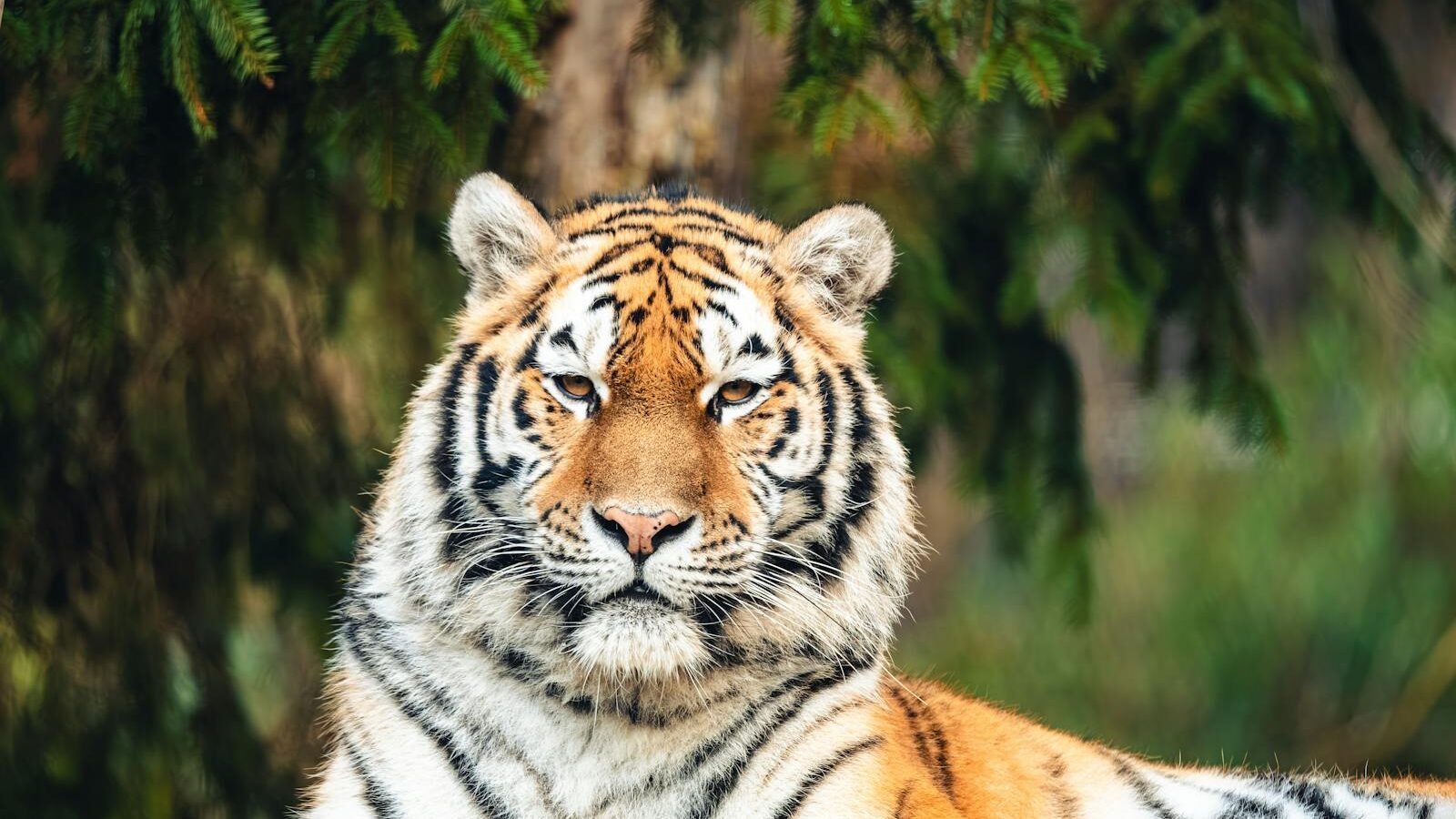
Several species of big cats are classified as endangered or vulnerable according to the International Union for Conservation of Nature (IUCN) Red List. For instance, fewer than 4,000 wild tigers remain, while the African lion population has declined by approximately 43% over the past two decades. Efforts to save these creatures are critical to maintaining biodiversity and ecological balance.
Understanding Genetics in Conservation
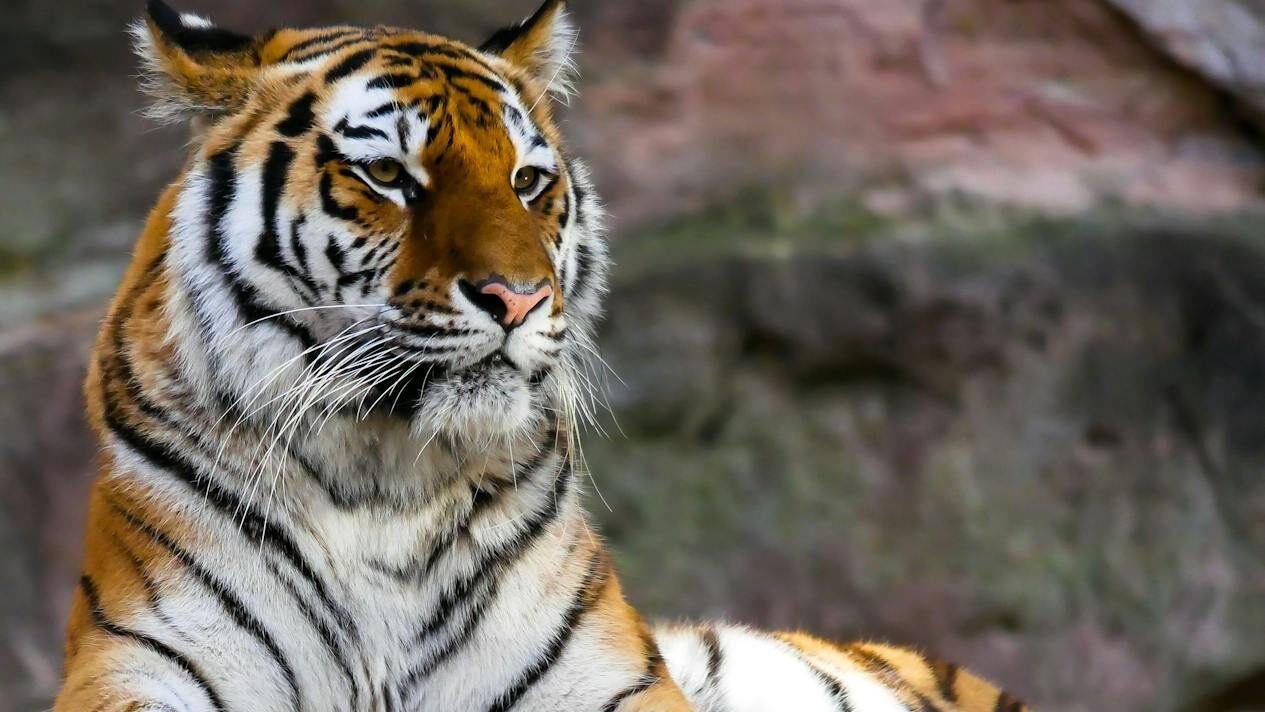
Photo by Pixabay via Pexels
Conservation genetics is a field that combines principles of ecology, biology, and genetics to conserve species diversity. It involves studying the genetic variation within and between populations of species to ensure their survival. Genetic diversity plays a significant role in a species’ ability to adapt to environmental changes and combat diseases, making it a focal point for conservation efforts.
Genetic Diversity: A Foundation for Survival
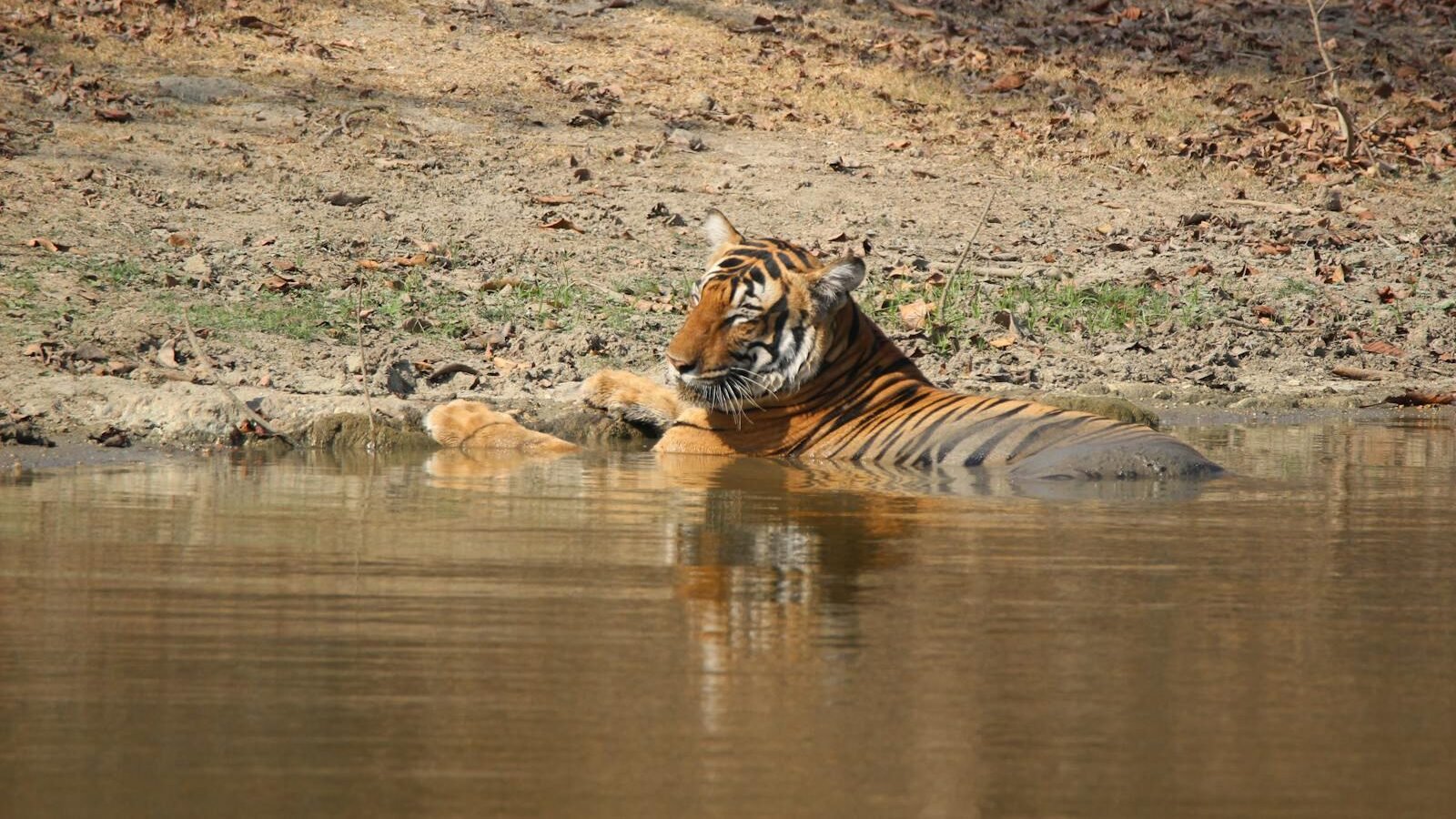
Genetic diversity refers to the total number of genetic characteristics in the genetic makeup of a species. It is critical for the survival and adaptability of species. In endangered big cats, low genetic diversity can lead to inbreeding depression, a condition that results in reduced fitness and an increased likelihood of extinction.
Identifying Genetic Variation
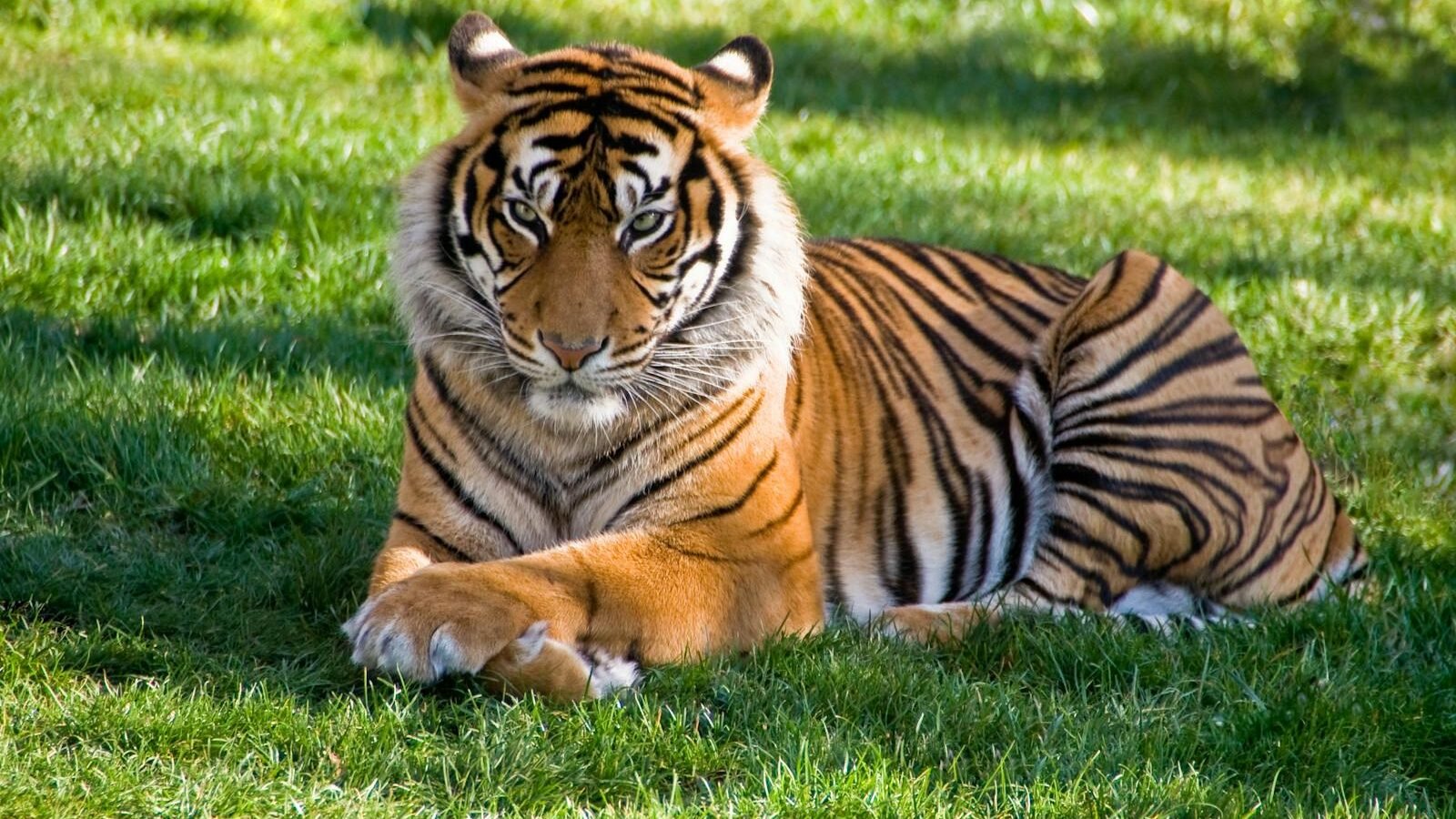
Photo by Jose Almeida via Pexels
Advanced genetic tools, such as DNA sequencing and genetic markers, allow scientists to examine variations within populations. These techniques help identify genetic differences and assess the health of populations. By understanding these variations, conservationists can make informed decisions about breeding programs and habitat management.
Breeding Programs and Genetic Rescues
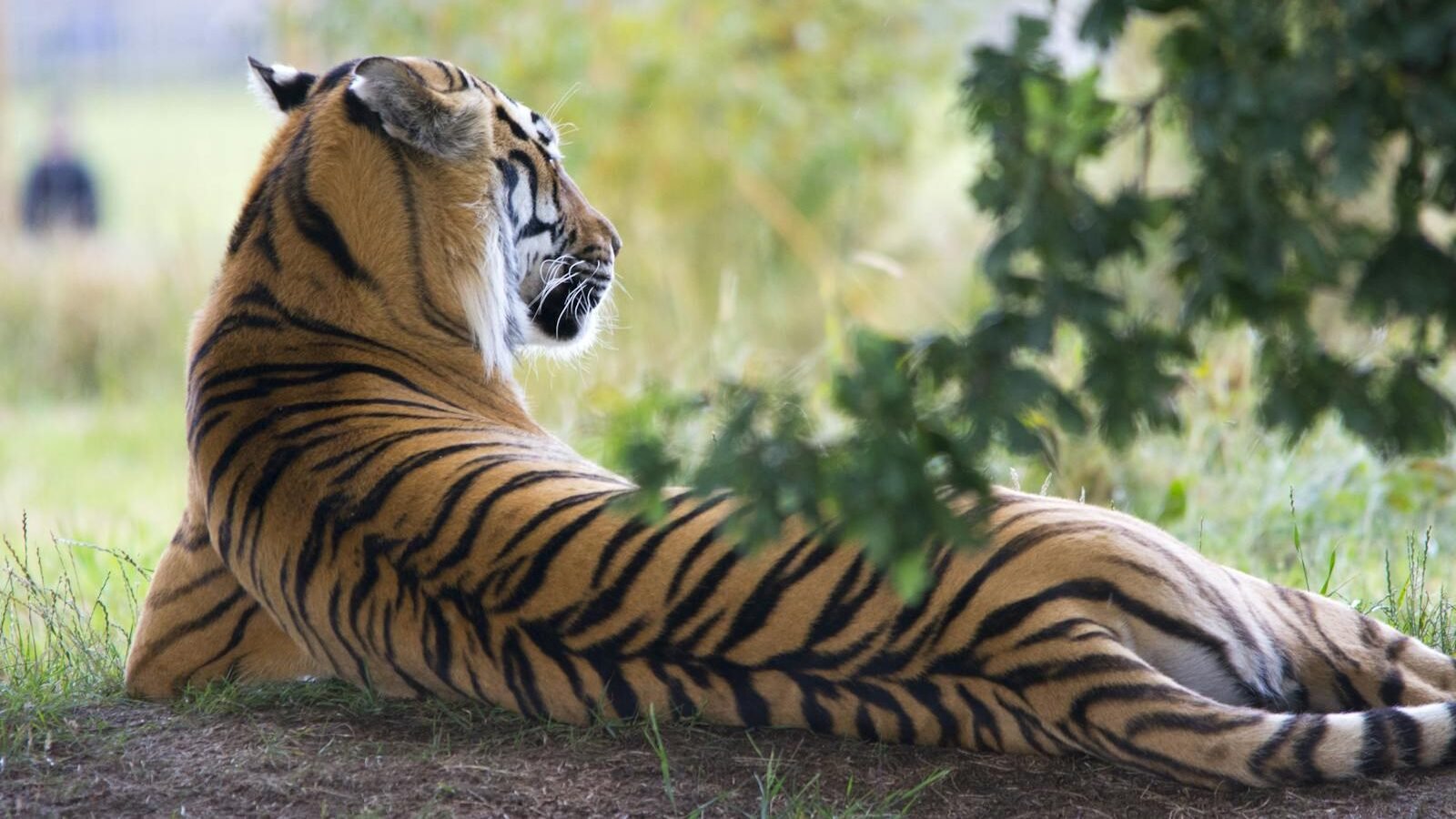
Conservationists use genetic information to design and implement effective breeding programs. These programs aim to increase genetic diversity by pairing individuals with the greatest genetic variation. Genetic rescues involve introducing individuals from different populations to boost diversity and enhance survival prospects.
The Role of Genomic Technologies

Photo by Tima Miroshnichenko
Recent advances in genomic technologies have transformed conservation efforts. Techniques such as whole-genome sequencing and CRISPR gene-editing offer unprecedented insights into the genetic makeup of big cats. By pinpointing genetic weaknesses and enhancing favorable traits, these technologies offer innovative solutions for conservationists.
Overcoming Challenges in Conservation Genetics
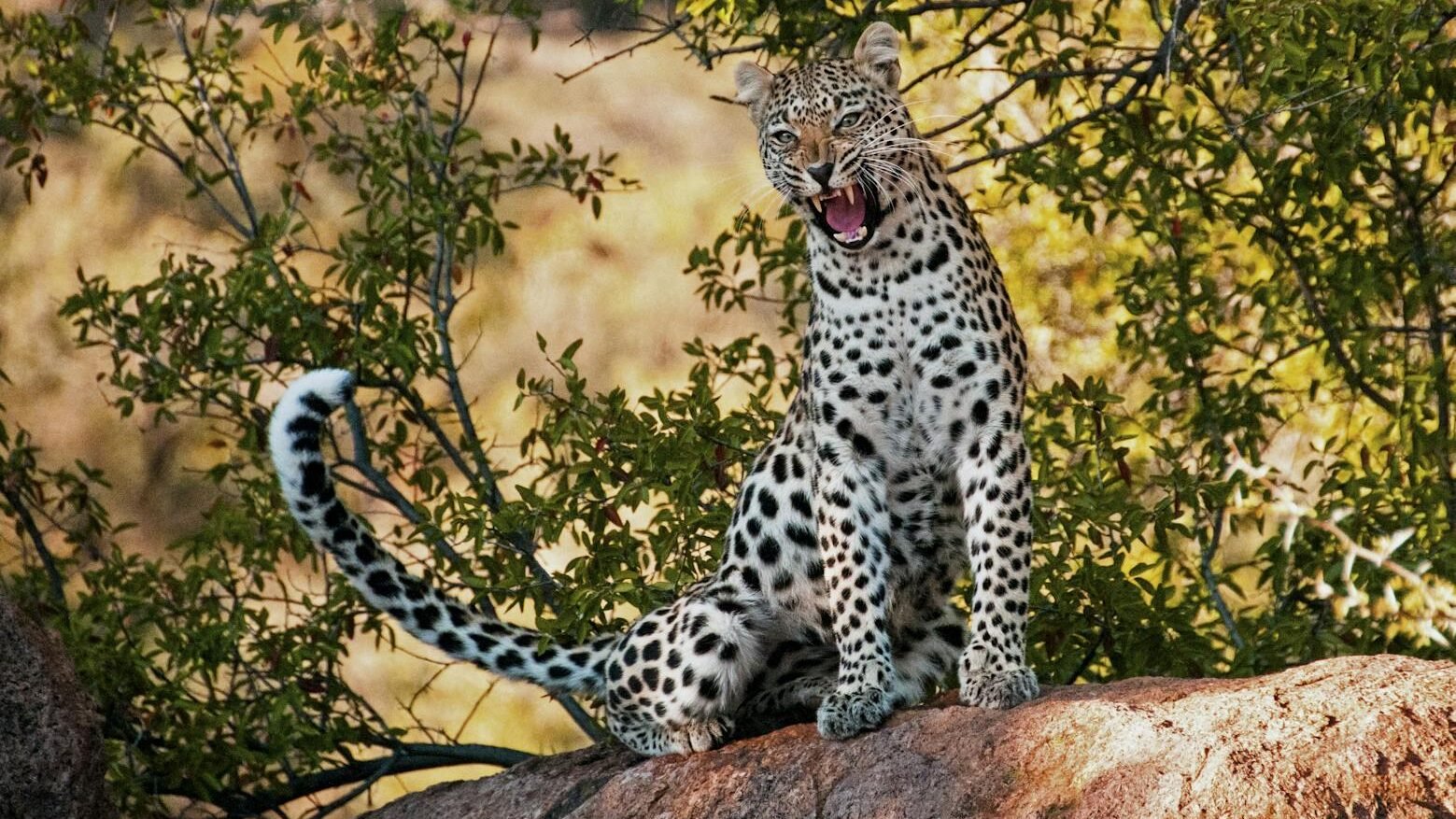
The application of genetics in conservation is not without its challenges. High costs, limited access to state-of-the-art technology, and ethical concerns are significant factors. Moreover, the integration of genetic programs with traditional conservation strategies requires coordinated efforts among various stakeholders.
Success Stories in Big Cat Conservation
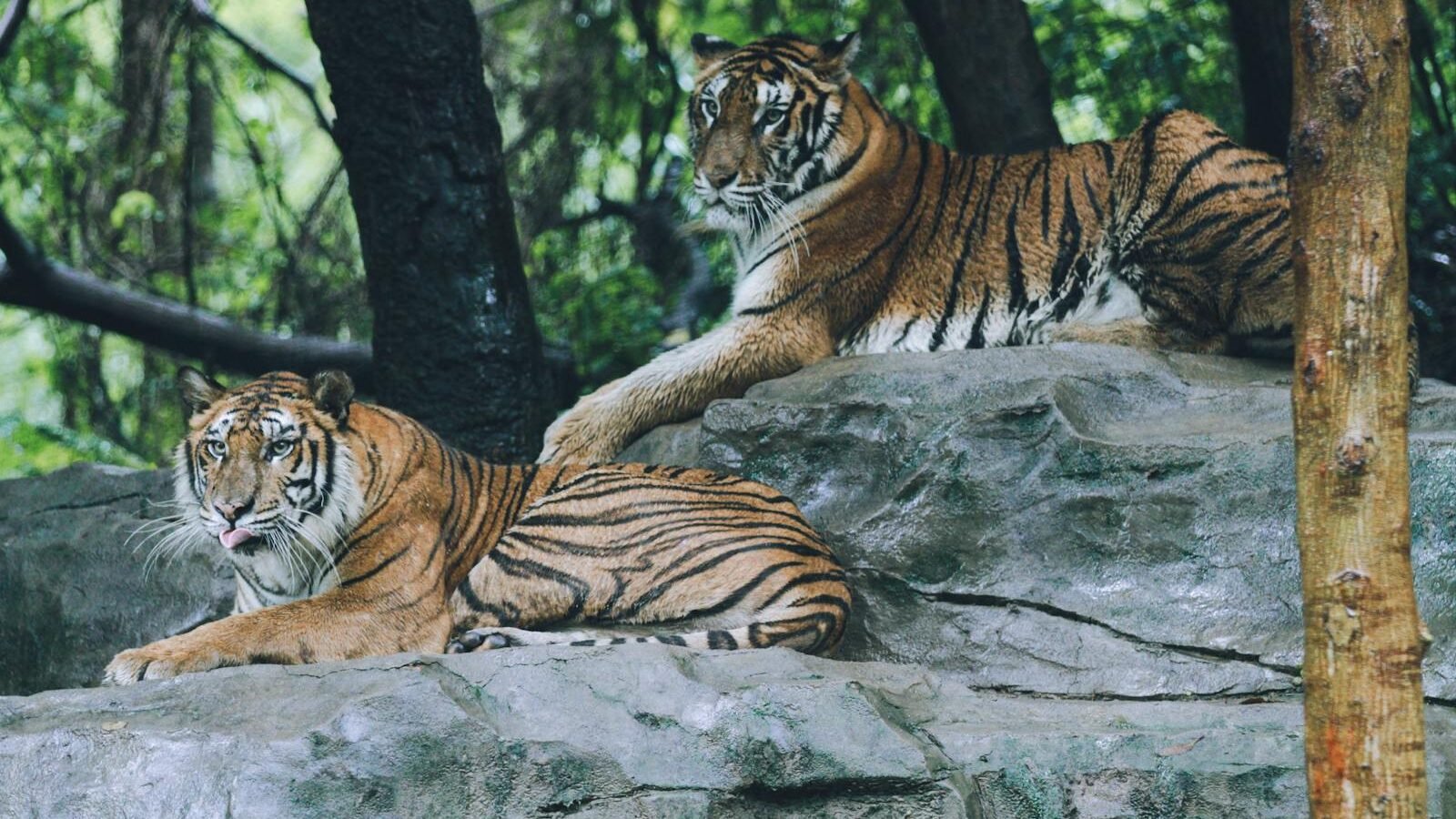
Photo by Mehmet Turgut Kirkgoz via Pexels
There have been notable success stories, such as the Florida panther genetic rescue, where genetic material from closely related Texas cougars was introduced to the dwindling population, leading to a remarkable recovery. Similarly, conservation efforts in the Asiatic lion population in India have strengthened their numbers through careful genetic management.
Future Prospects and Innovations
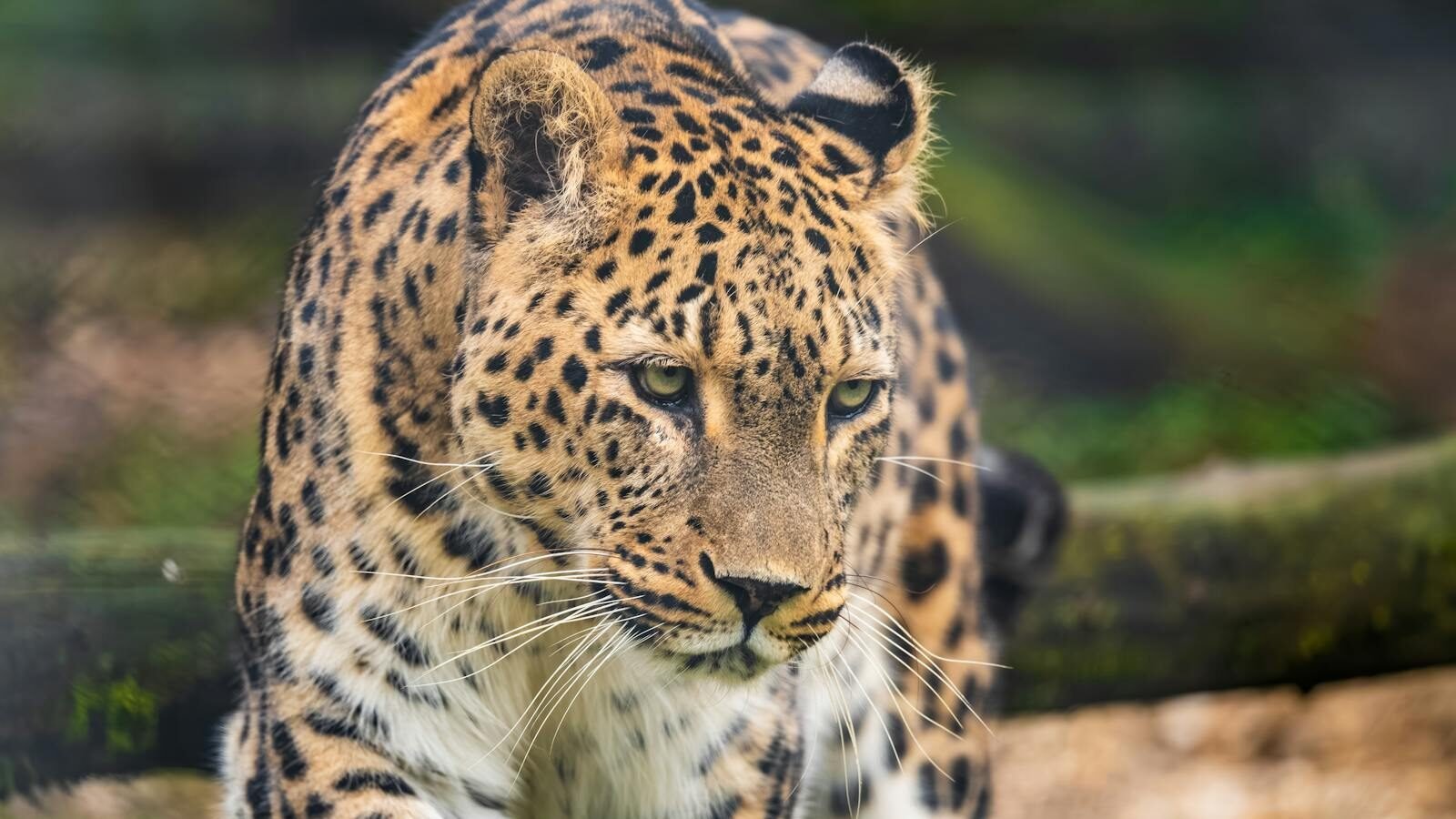
The future of endangered big cat conservation lies in the continued application and development of genetic tools. As technology advances, the opportunities for understanding and conserving genetic diversity will expand, offering new hope for these iconic predators.
Conclusion
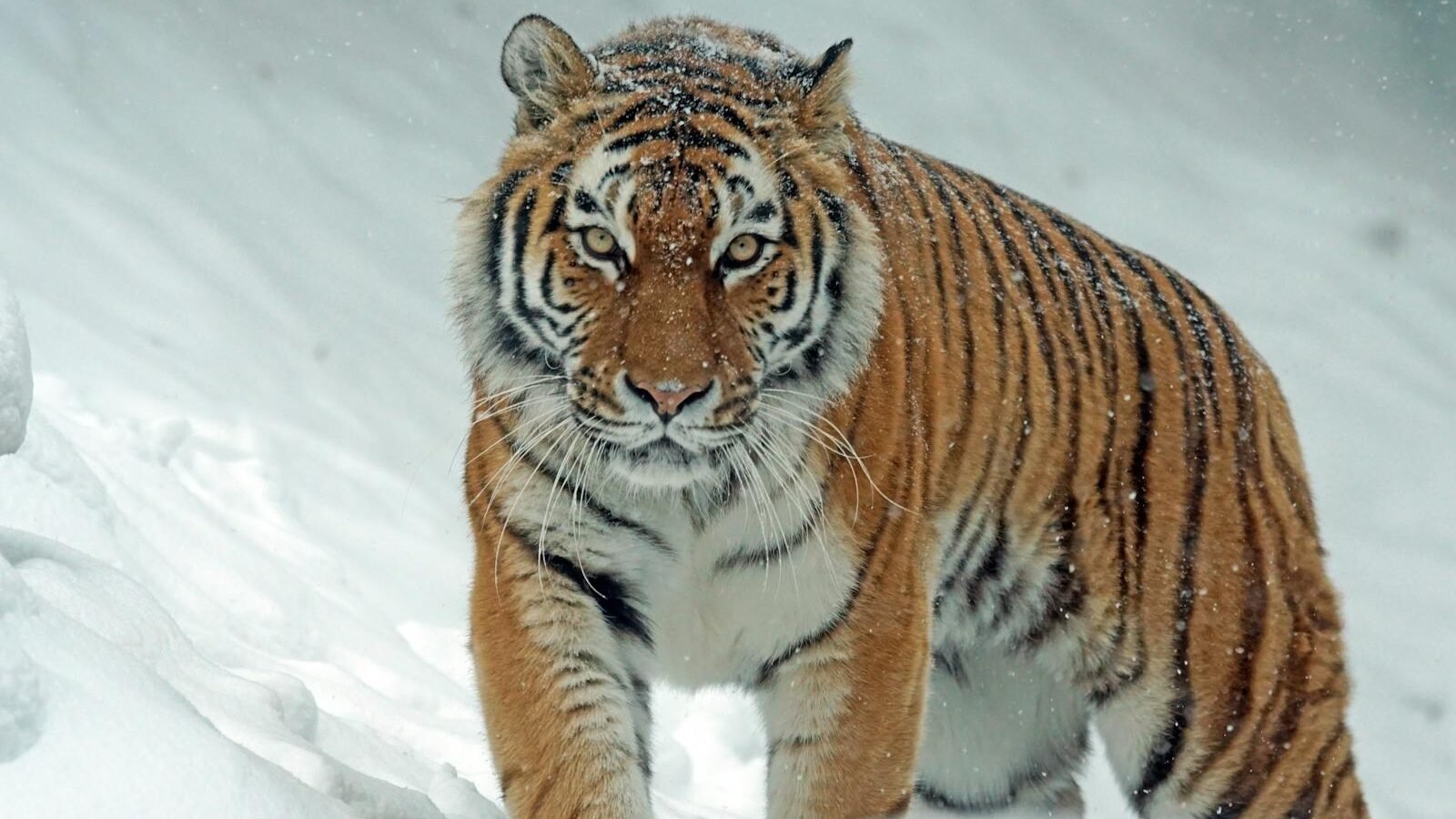
Photo by Pixabay via Pexels
Genetics offers a transformative approach to saving endangered big cats. By understanding and enhancing genetic diversity, conservationists can develop better strategies to protect these species from extinction. The role of genetics in conservation is indispensable, as it provides the knowledge and tools needed to ensure that big cats continue to roam the earth for generations to come.

With over a decade of experience as a dedicated cat lover and enthusiast, I specialize in writing captivating content about all things feline. My expertise shines through in creating engaging and informative pieces that resonate with fellow cat lovers. As a proud cat parent to my beloved Duston, my personal connection to the world of cats adds authenticity and warmth to my work, making it relatable and heartfelt.






